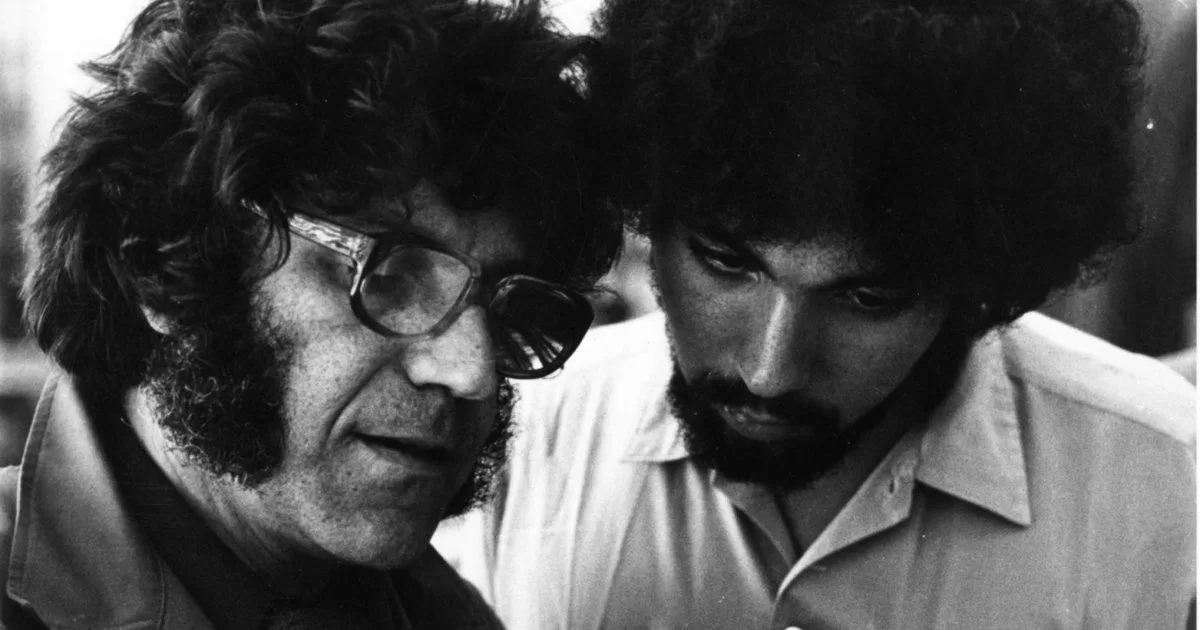COJIMAR.- With a faint smile and slightly tilted face Ernest Hemingway look at the sea From its monolith you can see Cojimar Bay with a short boardwalk. On one side, a colonial tower from the 17th century.
The story goes that the humble fishermen of that town donated the propellers of their boats to obtain the metal to make the bust of the American writer, placed a year after his death in 1961.
This Saturday and Sunday the fishermen of Cojimar returned there to pay tribute to the narrator who put this small town located about 10 kilometers east of Havana.
They placed a bouquet of flowers on the monolith, got on the boats and took to the sea for a two-day tournament.
“Cojimar is a fishing town, people make a living from that here, many families pass on that tradition, parents, grandparents,” Pablo Mengana, 52, explained to The Associated Press, who in addition to catching fish is a carpenter as usual. was his father. “It is a passion. When you are fishing and you feel the fish on the nylon (the rope) you feel alive.”
Shortly afterward, Mengana jumped onto a boat called Delhis and disappeared along the horizon, hoping for luck with his fellow workers.
A modest and sincere tribute to Ernest Hemingway
Far from the spotlight and the glamor of the annual international tournaments with their shiny yachts and spectacular catches that usually attract marine sports personalities to the island, on this occasion seven small to medium-sized boats with about five Cojimar fishermen each They went out with their rods, sinkers, hooks and baits to the sea.
A popular festival was held on the boardwalk with games for children, couples listening to music and people drinking fresh air.
“I was about five years old and I remember that my father would take me to the dock and with a piece of cane and a ‘naylito’ he would start me to get sardines,” recalled another of the participants in the tribute, Gabriel Arocha, a 49-year-old man from sun-beaten complexion.
“I was born in Cojimar,” Arocha said proudly. “My father lived in Regla (another small coastal town) and before the revolution he had a boat and came from the Bay of Havana by sail, because at that time it was like that, to Cojimar.”
None of the participants in the competition knew Hemingway (1898-1961) personally, only some said they had read his book “The Old Man and the Sea”, which catapulted the American writer to fame and contributed to his Nobel Prize in 1954, but They all claim that their ancestors admired him.
Hemingway’s relationship with Cuba and Cojimar was intense.
The writer lived on the island for two decades starting in 1928. In 1939 he bought a house called Finca Vigía – currently a museum – on the outskirts of Havana in the town of San Francisco de Paula.
But his passion for sport fishing took him to Cojimar, where he became friends with the fishermen and spent long days with them listening to them or simply resting at “La Terraza”, a restaurant facing the bay and one block from the monolith with its bust. .
“Hemingway has always been revered by all the townspeople, in fact, when it was decided to make the film about “The Old Man and the Sea” – starring the actor Spencer Tracy, which won an Oscar in 1958 – it was he himself who demanded that it be filming here, in Cojimar,” recalled Andrés Valdés Fuentes, 60 years old and the youngest grandson of Gregorio Fuentes, the sailor in charge of the ship Pilar, owned by the narrator.
“My grandfather was Spanish and settled in this town. All his life… he was always dedicated to fishing,” said Valdés.
The novel tells the story of Santiago, a humble and elderly sea lion who for more than 80 days cannot catch a fish due to the reproach of his neighbors. After moving towards the deep waters he captures a huge specimen of marlin or garfish, but he must fight – knowing that he will lose – with the sharks to drag it to land.
On Sunday afternoon the fishermen’s tournament in honor of Hemingway culminated. The competition has no prize, only recognition from the community and the person who contributes the most “weight” of fish – whatever it may be – is considered best, although everyone left with the hope of getting a marlin, the most appreciated piece.
The weather conditions on Saturday prevented a good catch, on Sunday it was better and fisherman Rafael Rodríguez was the winner with 63 pounds (about 30 kilos) of albacore, a type of tuna.
None of them achieved the coveted and always elusive needle that Hemingway was so attracted to, but they didn’t care either, they said smiling.
“I’m happy anyway,” Rodríguez, 60, and owner of the boat “Vitolo,” told AP. “What I wanted most all my life was to fish.”
Source: AP



